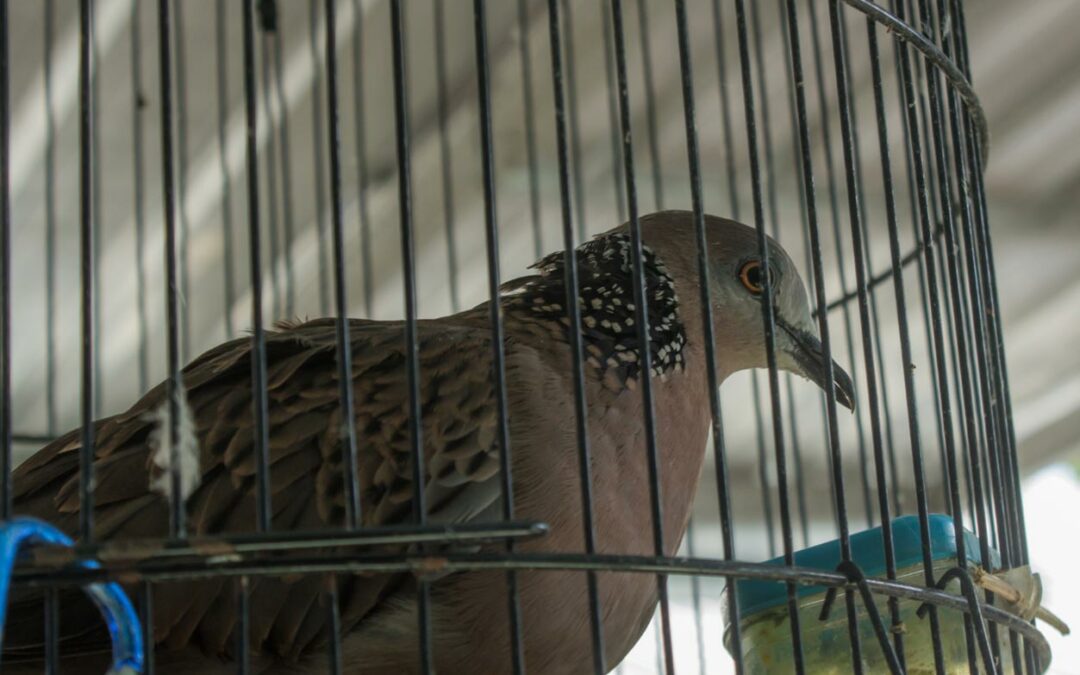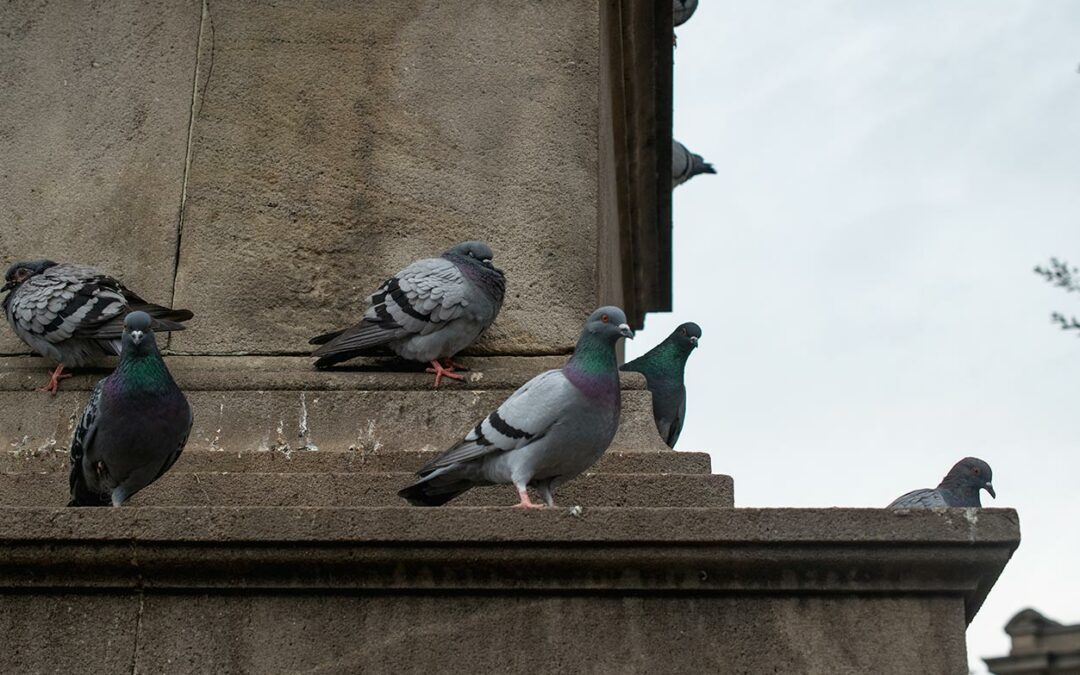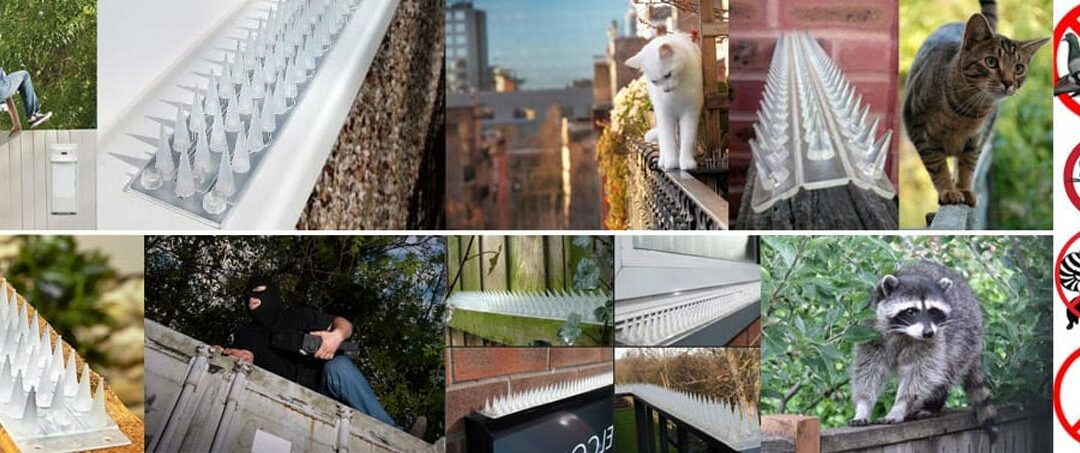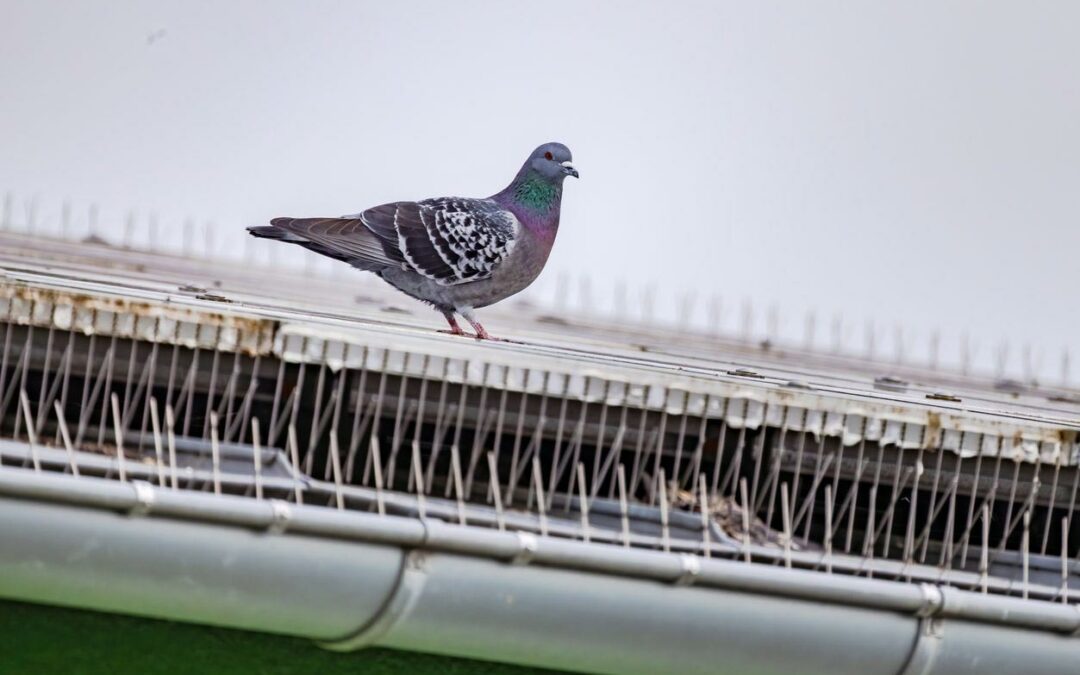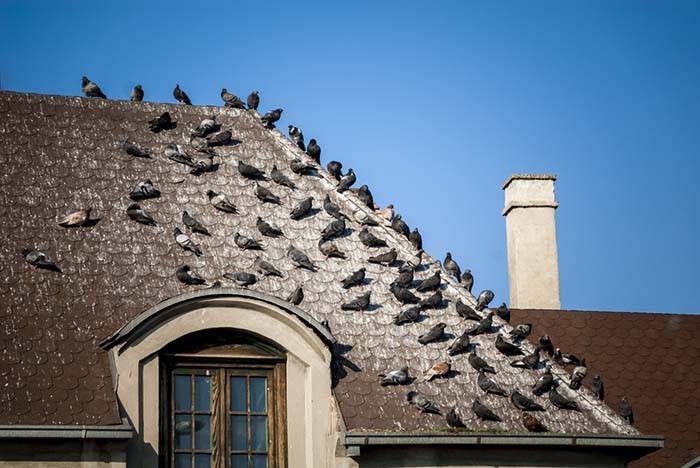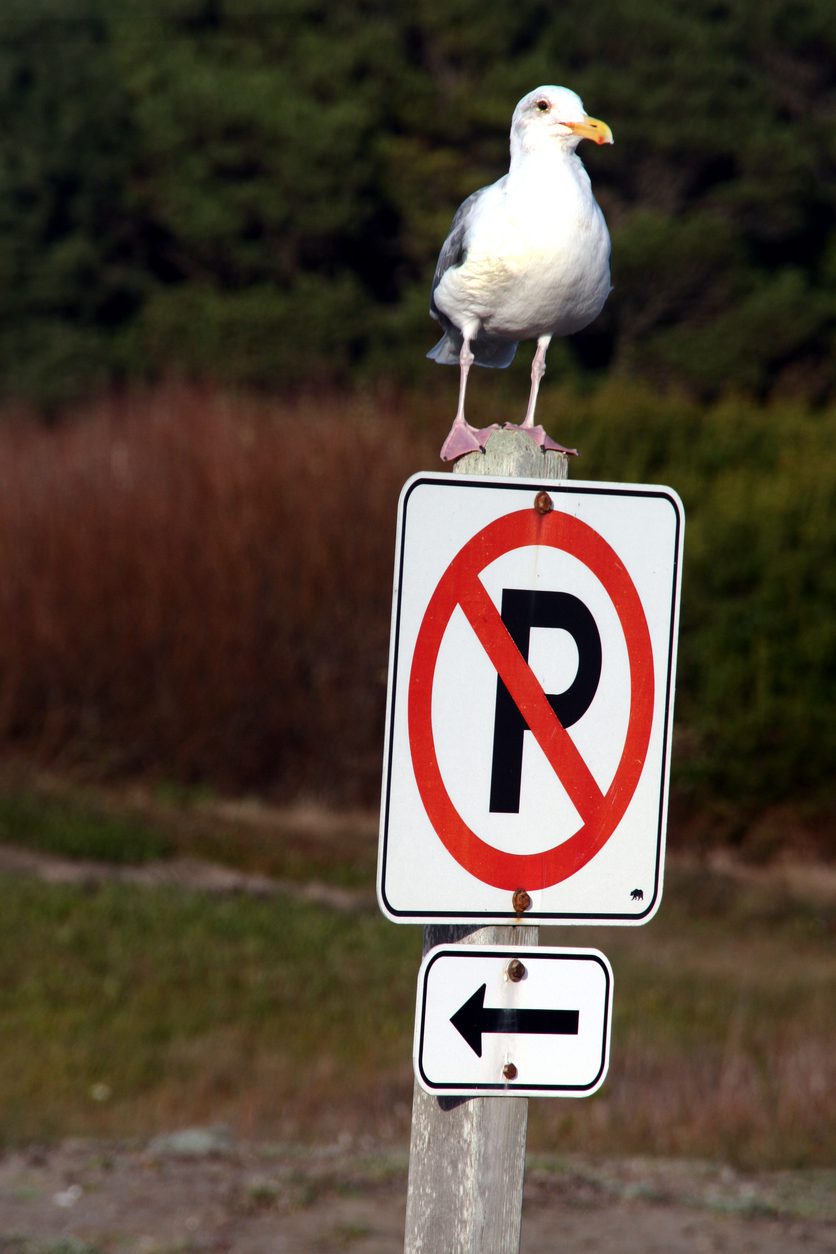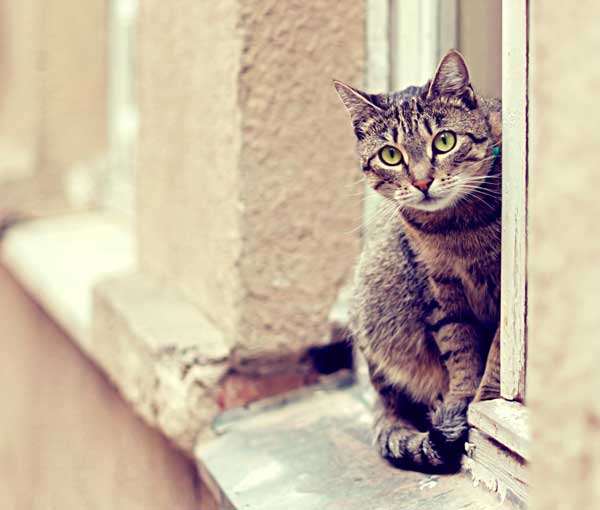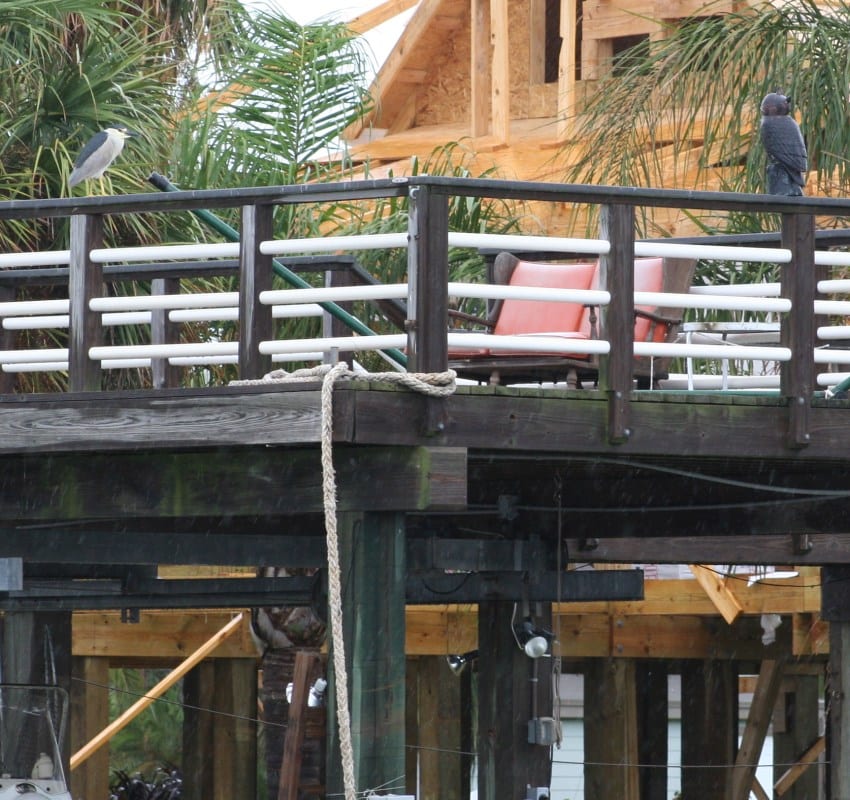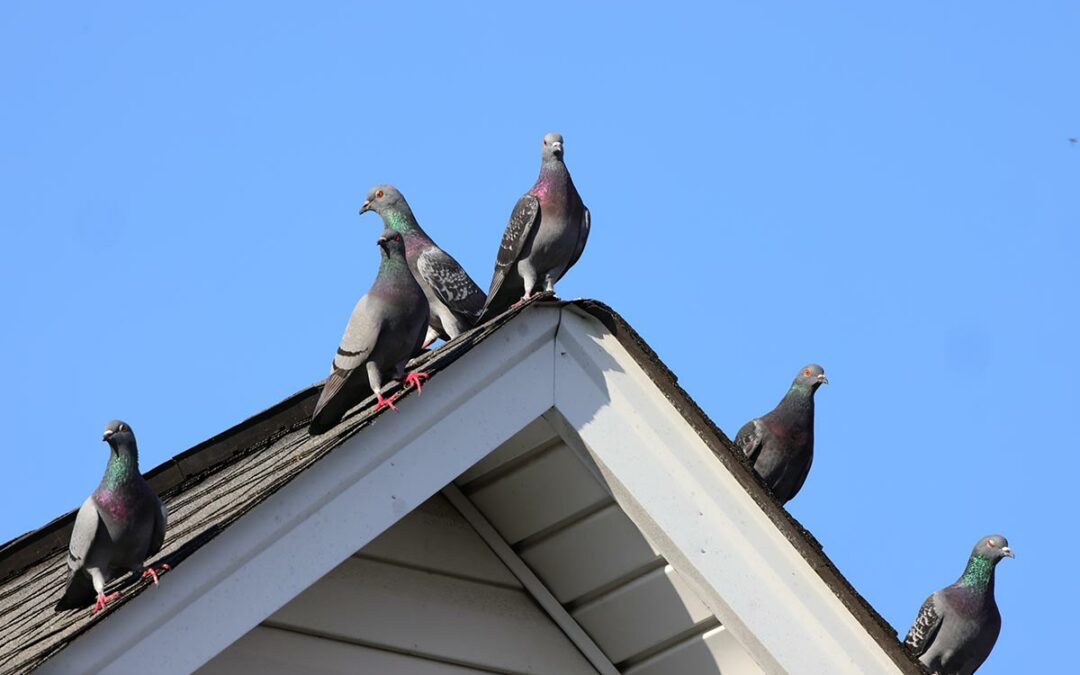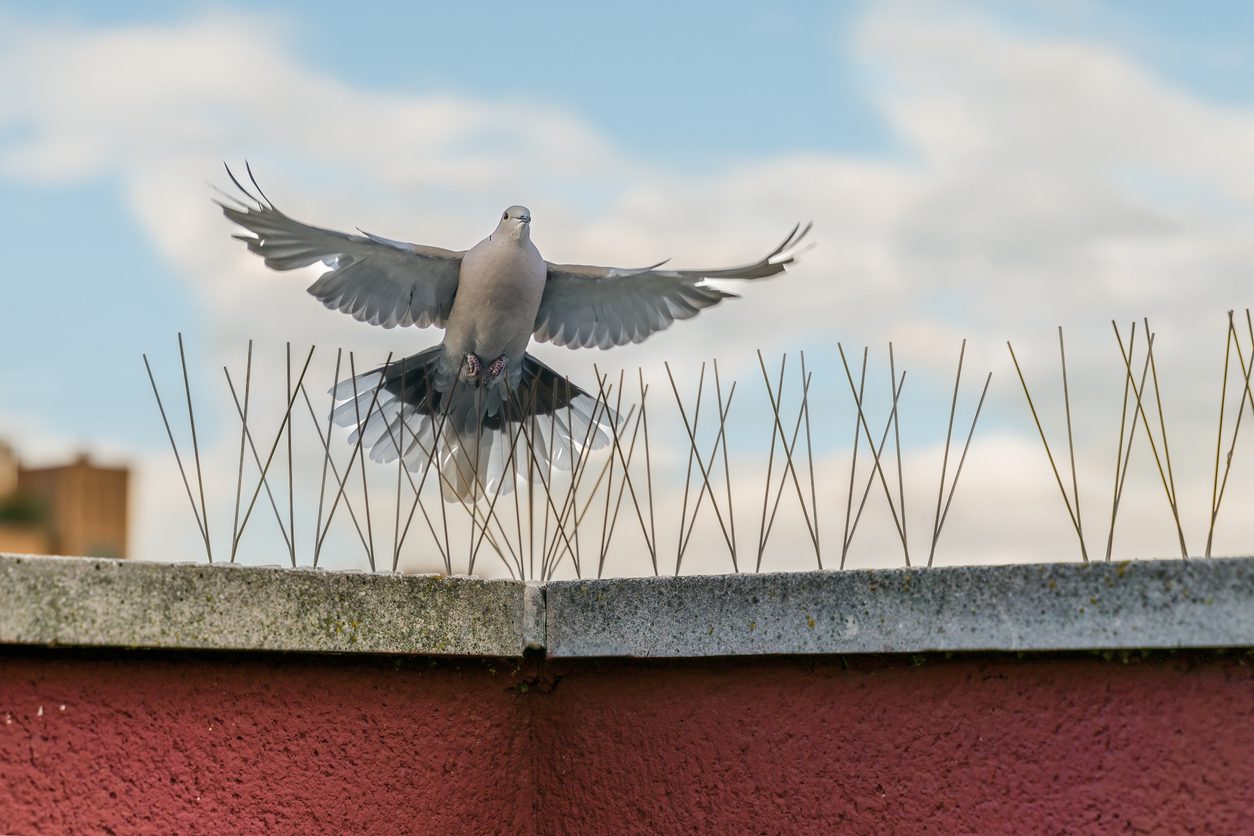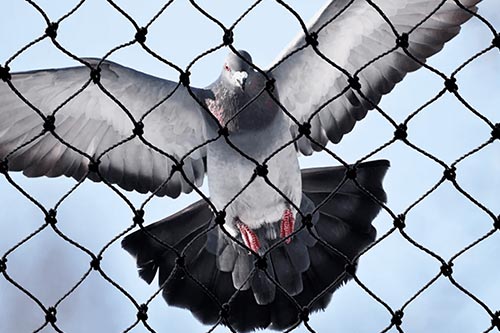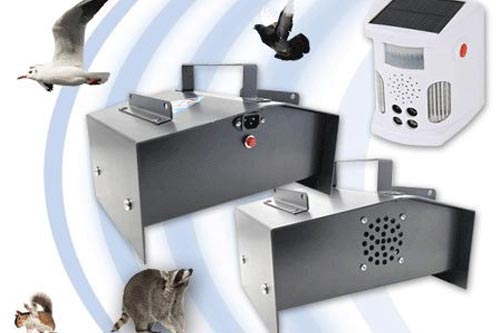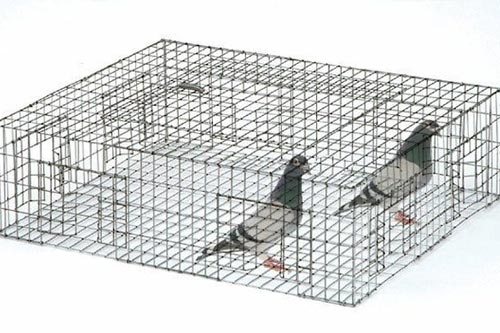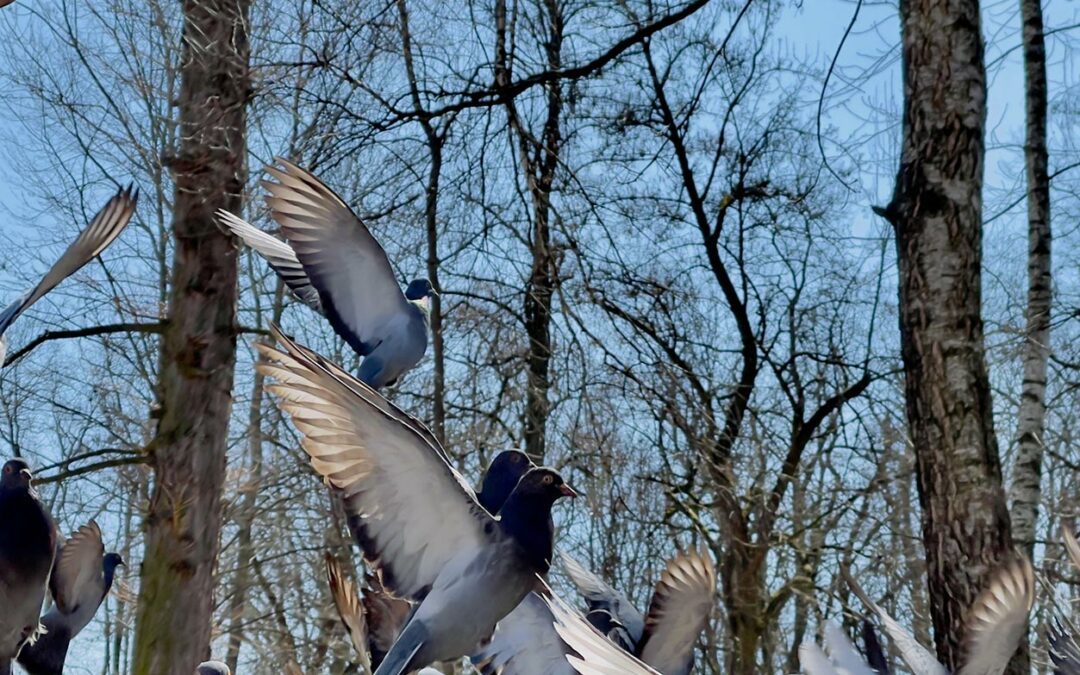
Pigeon Bird Repellent – Best Solutions for Pigeon Control
Pigeons may seem harmless, but once they start nesting on your property, they can become a major nuisance. They leave droppings that corrode surfaces, spread diseases, and create an unsanitary environment. If you’re struggling with pigeon infestations, you need an effective pigeon bird repellent.
Luckily, there are several humane ways to repel pigeons and prevent them from returning. In this guide, we’ll explore:
- The best pigeon repellents available
- Where to apply pigeon deterrents
- How to keep pigeons away permanently
Why Pigeons Are a Problem
Pigeons are persistent birds that thrive in urban areas. Without proper deterrents, they can cause serious issues, including:
1. Property Damage
Pigeon droppings are acidic and can corrode paint, concrete, and metal surfaces. Over time, this can lead to structural damage on buildings, vehicles, and monuments.
2. Health Risks & Diseases
Pigeons carry bacteria and parasites that can lead to serious health issues, including:
- Histoplasmosis – A respiratory disease caused by fungal spores in pigeon droppings.
- Salmonella – A bacteria that can contaminate food and water sources.
- E. coli – Another bacterial infection spread through pigeon waste.
3. Nesting Problems
Pigeons often nest in gutters, vents, and chimneys, causing blockages that can lead to flooding, poor ventilation, and fire hazards.
4. Business Disruptions
For businesses, pigeons can create a dirty and unprofessional appearance, driving away customers and increasing cleaning costs.
Best Types of Pigeon Bird Repellents

1. Bird Repellent Spikes – The Most Effective Pigeon Deterrent
One of the most reliable pigeon repellents is bird spikes. These long, pointed strips are designed to prevent pigeons from landing on ledges, rooftops, and other common roosting areas.
How Bird Spikes Work:
- Create an uneven surface that makes it impossible for pigeons to perch.
- 100% humane – They don’t harm birds; they simply deter them.
- Weather-resistant – Made from stainless steel or durable plastic for long-lasting protection.
Get High-Quality Bird Spikes Here: https://www.pigeonpatrol.ca/bird-spikes/
2. Ultrasonic Bird Repellers – A Sound-Based Pigeon Deterrent
Ultrasonic bird repellers emit high-frequency sound waves that are irritating to pigeons but inaudible to humans. These devices are:
- Silent and discreet
- Ideal for balconies, garages, and gardens
- Effective for multiple bird species
Check Out Ultrasonic Bird Repellers: https://www.pigeonpatrol.ca/bird-repeller/
3. Bird Repellent Sprays – A Chemical-Free Pigeon Deterrent
Bird repellent sprays alter the texture and taste of surfaces, making them unappealing to pigeons. These sprays contain:
- Natural ingredients like peppermint oil and vinegar
- Non-toxic formulas that are safe for humans and pets
- Long-lasting protection for rooftops, patios, and windowsills
4. Reflective Bird Tape & Decoys
Pigeons are easily startled by sudden movement and shiny objects. Reflective bird tape and predator decoys (such as fake owls or hawks) can effectively scare pigeons away.
Best Uses:
- Hang reflective tape near windows, balconies, and patios.
- Move decoys regularly to prevent pigeons from realizing they’re fake.
Where to Apply Pigeon Repellents
To ensure maximum effectiveness, place pigeon repellents in high-risk areas, including:
1. Rooftops and Ledges
Pigeons love flat surfaces where they can perch safely. Use bird spikes or ultrasonic repellents on these areas.
2. Balconies and Windowsills
For apartment buildings and homes, install reflective tape, bird spikes, or ultrasonic devices to keep pigeons away.
3. Storefronts and Signs
Businesses often struggle with pigeons perching on signs and awnings. Bird spikes and repellent sprays can prevent pigeons from ruining storefront appearances.
4. Parking Lots and Warehouses
Larger spaces may require bird netting or motion-activated bird deterrents to protect vehicles and equipment.
Browse the Best Pigeon Repellents Here: https://www.pigeonpatrol.ca/
How to Keep Pigeons Away Permanently
Using a single pigeon repellent might not be enough for long-term results. Here’s how to ensure pigeons stay away for good:
Step 1: Identify Pigeon Entry Points
Look for nests, droppings, and feathers to determine where pigeons are roosting.
Step 2: Use Multiple Pigeon Deterrents
Combine bird spikes, ultrasonic repellents, and sprays for maximum effectiveness.
Step 3: Remove Food and Water Sources
Pigeons won’t leave if they have easy access to food. Keep garbage bins sealed, remove bird feeders, and clean up food scraps.
Step 4: Perform Regular Maintenance
Inspect and reapply repellents every few months to keep pigeons from returning.
FAQs
What is the best pigeon repellent?
- Bird spikes for ledges and rooftops
- Ultrasonic repellers for sound deterrence
- Repellent sprays for surfaces
How long does it take for pigeon repellents to work?
Are pigeon repellents safe for pets and humans?
Can I use multiple pigeon repellents together?
Yes! Combining repellents (like bird spikes + ultrasonic sound devices) is the most effective strategy.
Pigeon infestations can be frustrating, but with the right combination of bird repellents, you can protect your home, business, and property. Whether you choose bird spikes, ultrasonic deterrents, or repellent sprays, taking action now will keep pigeons away for good.
Shop the Best Pigeon Bird Repellents at Pigeon Patrol: https://www.pigeonpatrol.ca/

